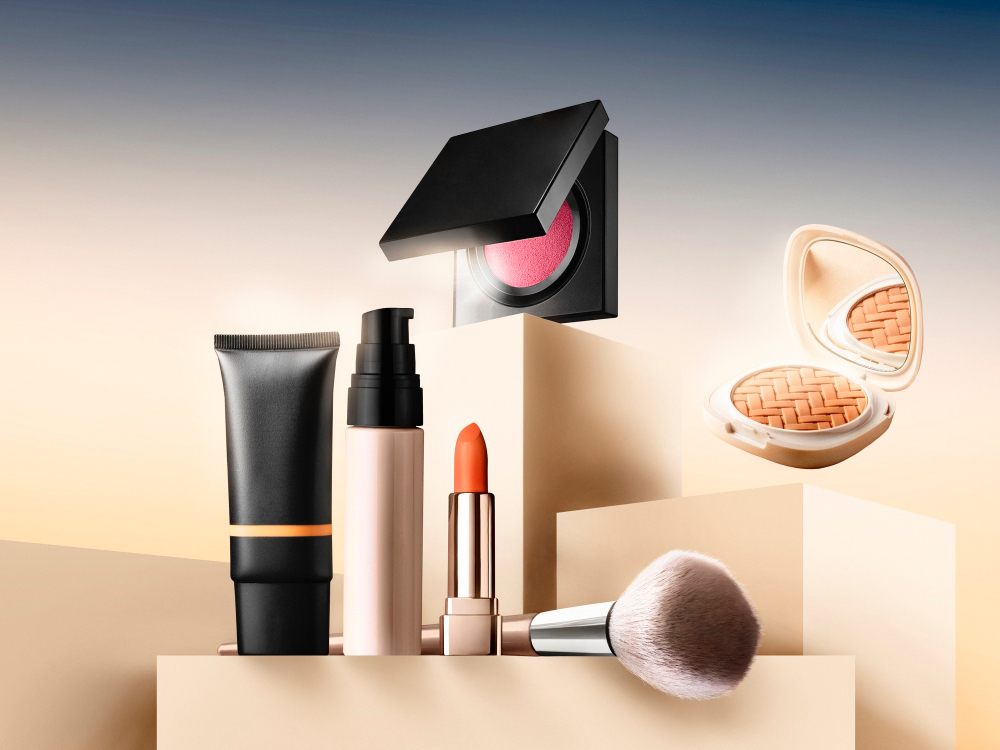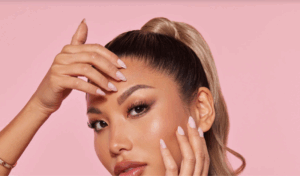1. Global Beauty Market: A Trillion-Dollar Blue Ocean Continues to Expand
Market Size & Growth Potential
The global beauty and personal care market is experiencing steady growth. In 2023, the industry reached a valuation of $625.6 billion, with projections indicating it will surpass $736.7 billion by 2028, maintaining a 3% compound annual growth rate (CAGR). This underscores the market’s resilience and consistent expansion.
Different product segments exhibit varied growth trajectories. Skincare leads the industry with a 5.6% annual growth rate, demonstrating immense potential, while personal care products maintain a solid foundation due to their extensive consumer base.
Regional Market Landscape
The beauty industry’s growth is diversifying across multiple key regions. The United States, as the largest market, continues to dominate with strong consumer purchasing power. China is expanding rapidly, firmly securing the second position. Meanwhile, Japan, India, and Brazil are emerging as crucial growth engines.
With Amazon operating in 20 major marketplaces, sellers have a direct gateway to these high-potential regions.
2. Decoding Product Trends: Four Key Innovations Reshaping the Industry
Personalized Beauty: From “Universal” to “Bespoke”
As consumer preferences become more specialized, personalized beauty is proving to be a game-changer. Brands like Function of Beauty offer DNA-based custom hair care, while Apex uses skin analysis technology to create tailored skincare solutions, effectively meeting specific needs and increasing product appeal.
Green & Sustainable: Eco-Friendliness as a Competitive Advantage
Rising environmental consciousness has pushed sustainability from a mere concept to a driving force behind purchasing decisions. According to Nielsen, 73% of consumers are willing to pay a premium for eco-friendly products. Brands like Lush have successfully integrated sustainability into their business models, offering package-free beauty products to reduce plastic waste.
Minimalist Skincare: Multi-Functionality Simplifies Beauty Routines
Consumers are seeking efficiency in skincare, leading to the rise of multi-purpose products. Ilia Beauty’s three-in-one tinted sunscreen foundation exemplifies this trend, combining skincare, sun protection, and makeup in a single product. This aligns with fast-paced lifestyles while reducing the burden on the skin.
Health & Beauty Integration: From External Care to Internal Wellness
The line between health and beauty is becoming increasingly blurred. Herbivore Botanicals has incorporated CBDinto skincare, while Swiss Beauty has expanded from supplements to professional beauty products. This dual integration trend reflects consumers’ growing preference for holistic wellness solutions.
3. Product Selection Guide: Targeted Strategies for Different Regions
North America
In the North American market, electronic personal care devices remain dominant. Hairdryers, straightening brushes, and electric shavers continue to be core categories, while emerging segments like self-tanning products and facial highlighters show promising potential.
The nail care industry is evolving, with press-on nails and hand-painted designs gaining traction. Meanwhile, false eyelashes are transforming with self-adhesive and magnetic innovations.
In the health & personal care sector, infrared therapy lamps and adult body care products are experiencing steady demand. Additionally, wellness products like magnesium-infused supplements and mushroom-based herbal extracts are gaining popularity.
Europe
European consumers prioritize eco-friendly products and brand values. Natural herbal skincare waters and premium fragrances are thriving, while electronic personal care devices—though similar to North America—require a stronger emphasis on sustainable packaging and environmentally friendly materials.
Japan
Japan’s market is distinguished by the seamless integration of online and offline shopping experiences. High-demand categories such as sheet masks and deodorants dominate, while lip cosmetics and hair care continue to grow.
An interesting niche is the contact lens market, which is classified as an OTC product in Japan, offering a unique entry point for sellers.
Cultural adaptation is crucial for success. Case studies of Chinese brands succeeding in Japan show that incorporating local traditions and lifestyle habits—such as moisture-absorbing agents and themed fragrances—enhances consumer acceptance.
4. Practical Strategies: Boosting Conversion & Building a Strong Brand
Core Strategies for Amazon Optimization
Amazon’s traffic logic follows a “funnel model”, where every step—from search exposure to final conversion—requires meticulous optimization.
- Compliance: Ensuring product legitimacy and meeting regulatory standards.
- Advertising Optimization: Leveraging brand tools and promotional campaigns for better visibility.
- Visual Presentation: Enhancing product pages with high-quality imagery and compelling value propositionsto maximize conversions.
Integrating On-Platform & Off-Platform Strategies
Beauty and personal care products rely heavily on content-driven marketing, making on-platform and off-platform collaboration essential.
- Influencer marketing and the Amazon Creator Program can help break into new audiences.
- Brand flagship stores and external traffic incentives create a closed-loop marketing system, effectively lowering customer acquisition costs.
In Japan, online-to-offline (O2O) marketing has demonstrated that synergizing brand presence across multiple touchpoints significantly boosts conversion rates. This strategy serves as a valuable blueprint for beauty brands aiming to strengthen market penetration.








